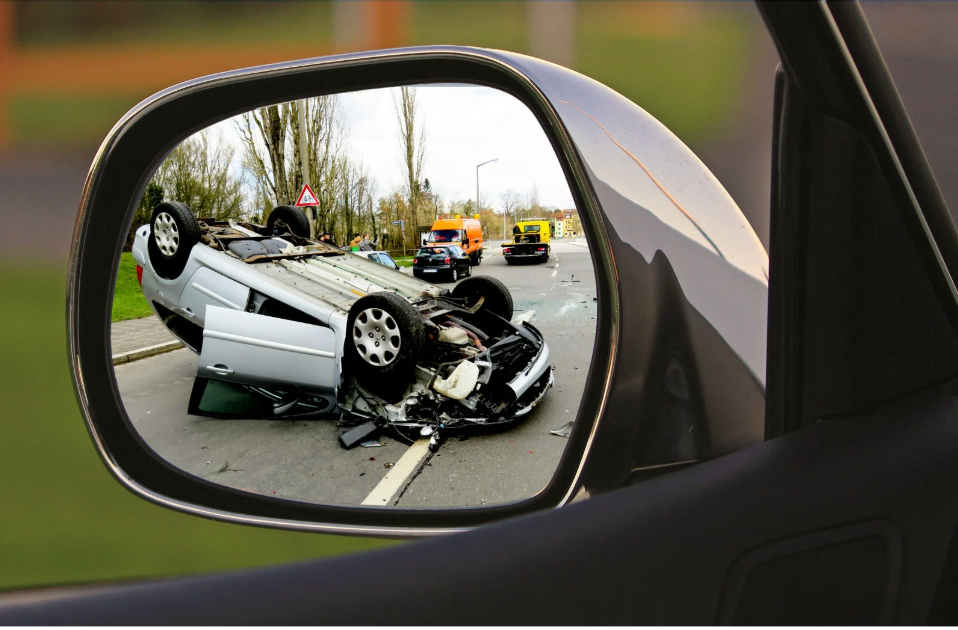It’s Time to Stop Texting and Driving Once and For All
David K. Wilson & Associates
August 6, 2019
Most Americans send or receive a text every single day. While texting can be a great way to communicate plans or keep up with friends and relatives, it can also be a dangerous driving distraction.
According to the National Safety Council, more than 1.6 million crashes a year are caused by distracted drivers using a cell phone device. Talking on the phone, surfing the internet, and texting are all distractions that can take a driver’s attention off of the road.
In fact, texting while driving takes your eyes off the road for five seconds. In that time, if you were driving at an average speed of 55 mph, you would have traveled the length of a football field before looking up again.
Texting and Driving in Texas
According to the Texas Department of Transportation, one in five crashes in Texas is caused by distracted driving. In 2016 alone, 109,658 traffic crashes were the result of distracted driving. Those crashes caused 455 deaths and 3,087 injuries.
In an attempt to save lives and protect motorists, Texas lawmakers decided to take action. On September 1, 2017, texting while driving became illegal in the state of Texas. The texting-while-driving ban passed during the 85th Legislative Session and prohibited all drivers from reading, writing, or sending electronic messages while driving.
Time to Put the Phone Down
If you still text and drive in Texas, you’re not only breaking the law, but you’re also putting yourself and others in harm’s way. Make a final commitment to put the phone away this year. To assist, there are many apps and tricks that can help you stop texting and driving once and for all.
- Download an App – There are numerous apps that are designed to specifically help you stop texting and driving. The top 5 “no texting” apps for 2019 are:
- LifeSaver
- SafeDrive
- DriveMode
- Cellcontrol
- TextLimit
- Silence is Golden – If the constant alerts are too tempting to avoid, consider putting your phone in airplane mode to prevent you from seeing or hearing text messages and emails. This can help you avoid the temptation to check your messages when you’re supposed to be driving.
- Out of Sight, Out of Mind – Sometimes, having the phone around is too tempting. Consider placing the phone in your glove box, in your purse or backpack, or even in the trunk of your car while you’re driving. If you have an infant, safety experts recommend parents place their phones in the backseat with their baby. This has the double effect of preventing hot car infant deaths.
- Remember Who Is Watching – In some cases, simply remembering who might be watching is enough to get parents to stop texting and driving. Children in the backseat, as well as teenagers in the car, are learning by watching you. If you don’t want your children to become texting drivers, now is the time to start setting that example.
A Texas Car Accident Law Firm That’s on Your Side
At David K. Wilson & Associates, our Texas car accident lawyer is on your side from the very moment you are injured. We know the tricks insurance companies use to get out of paying injured accident victims, and we expose those tricks to help you obtain maximum compensation.
We know how to fight insurance companies and win!



